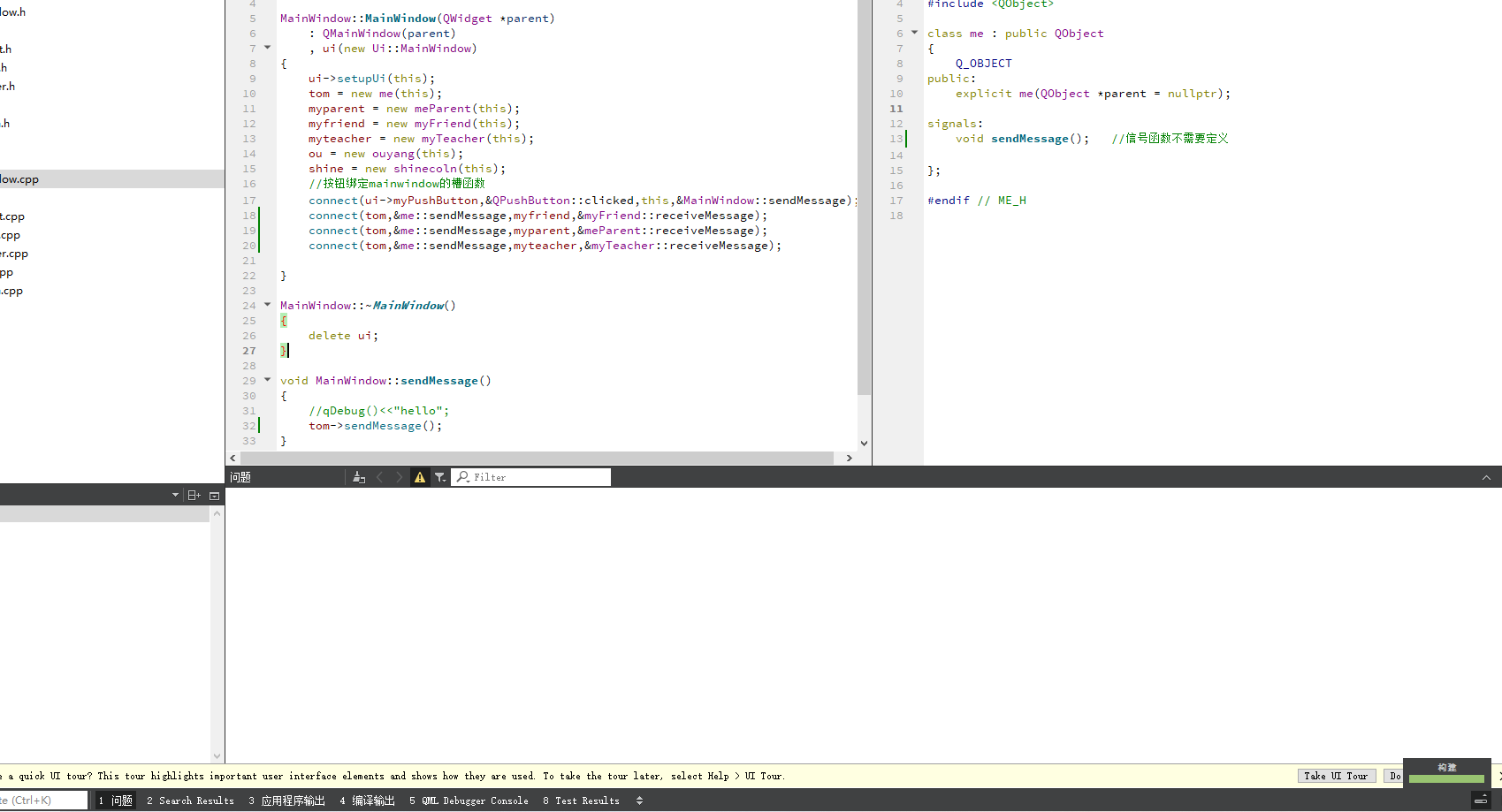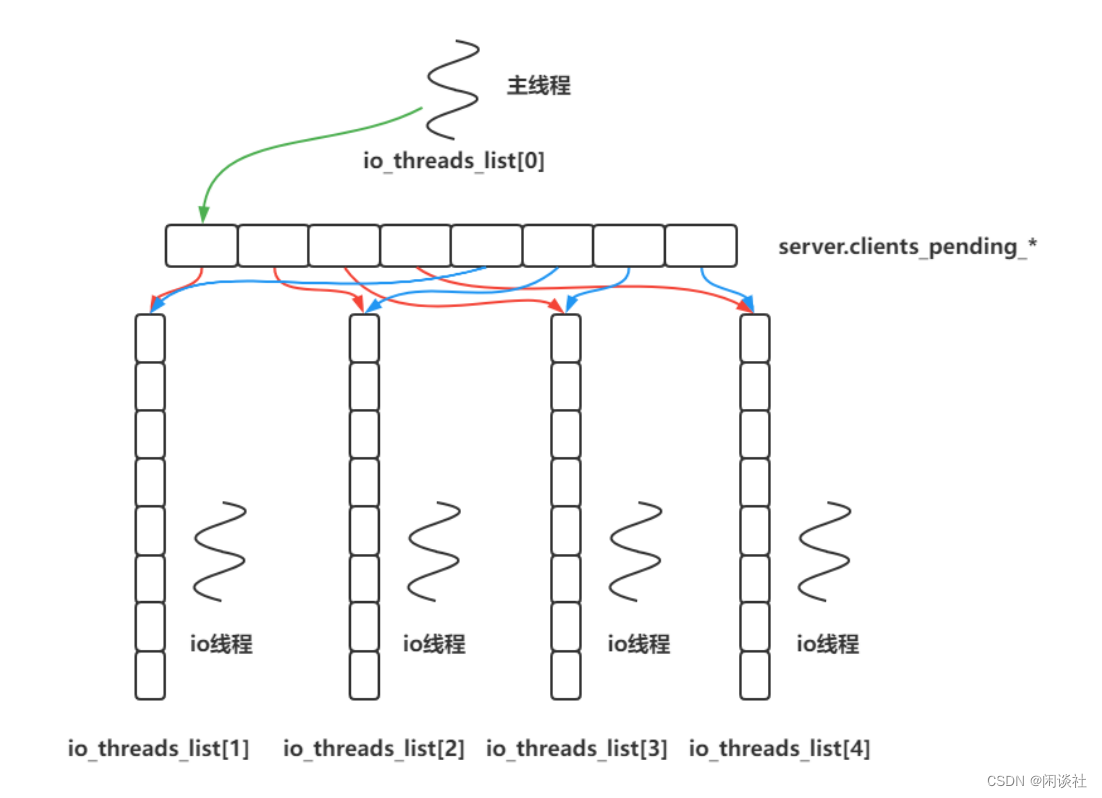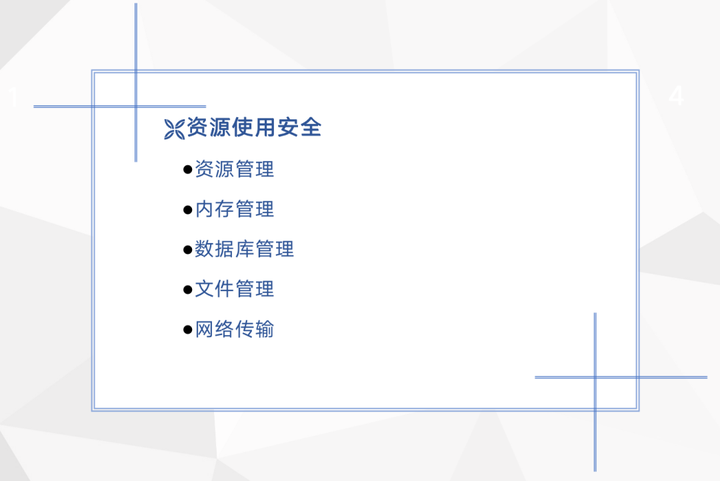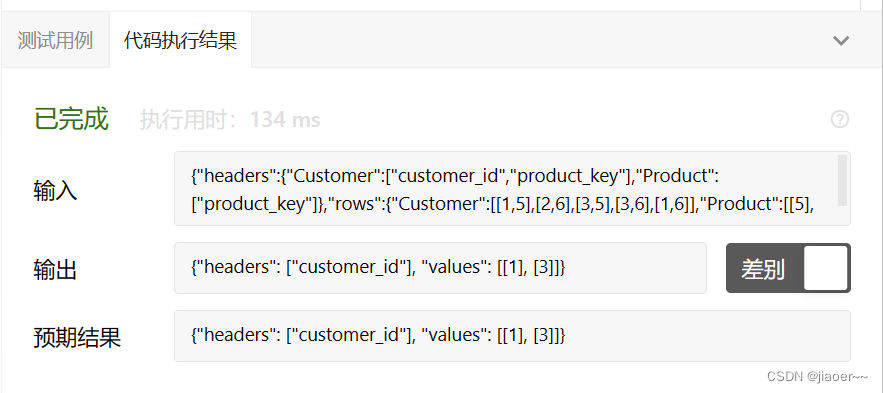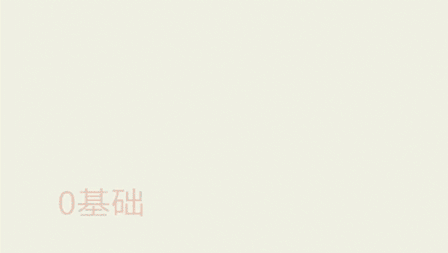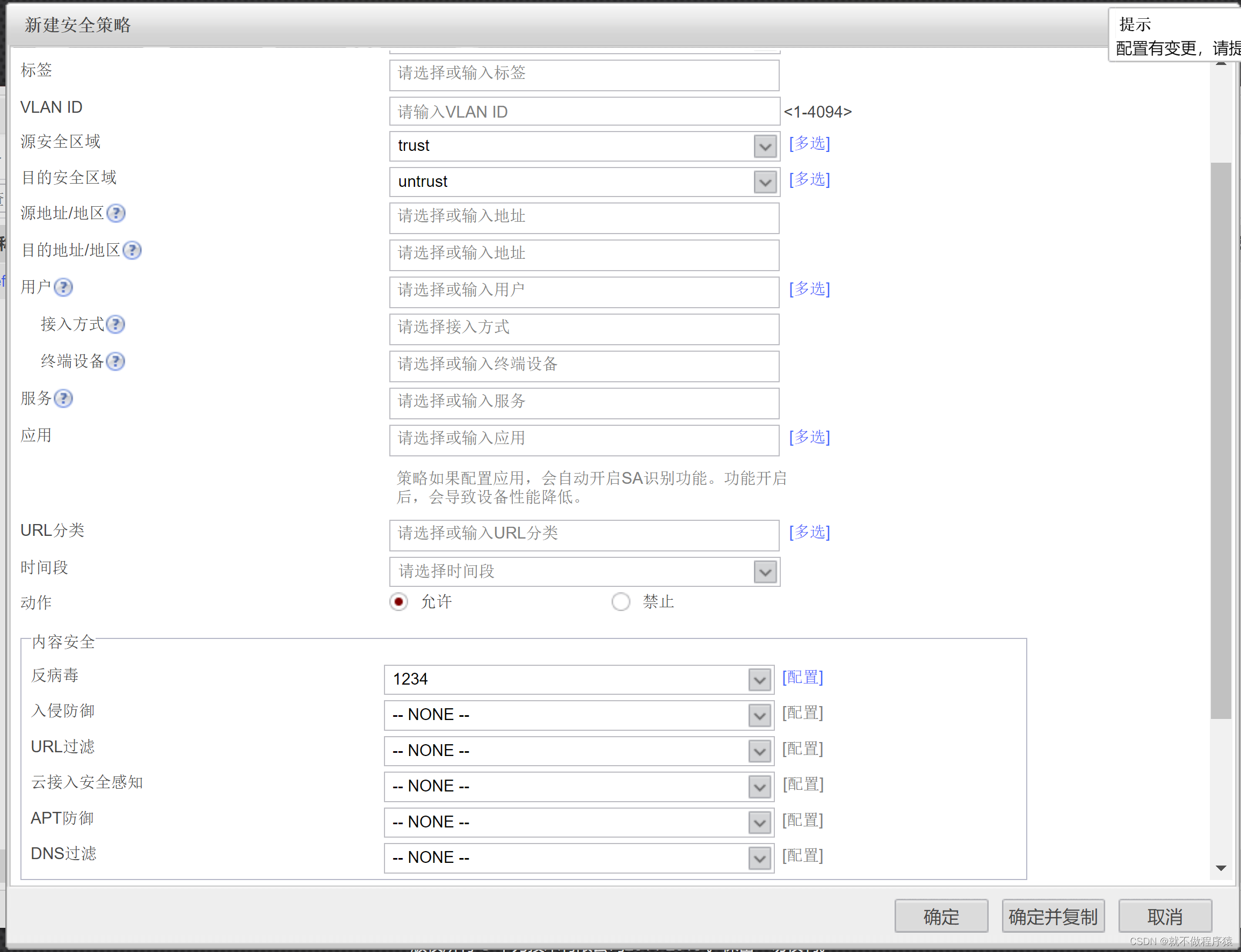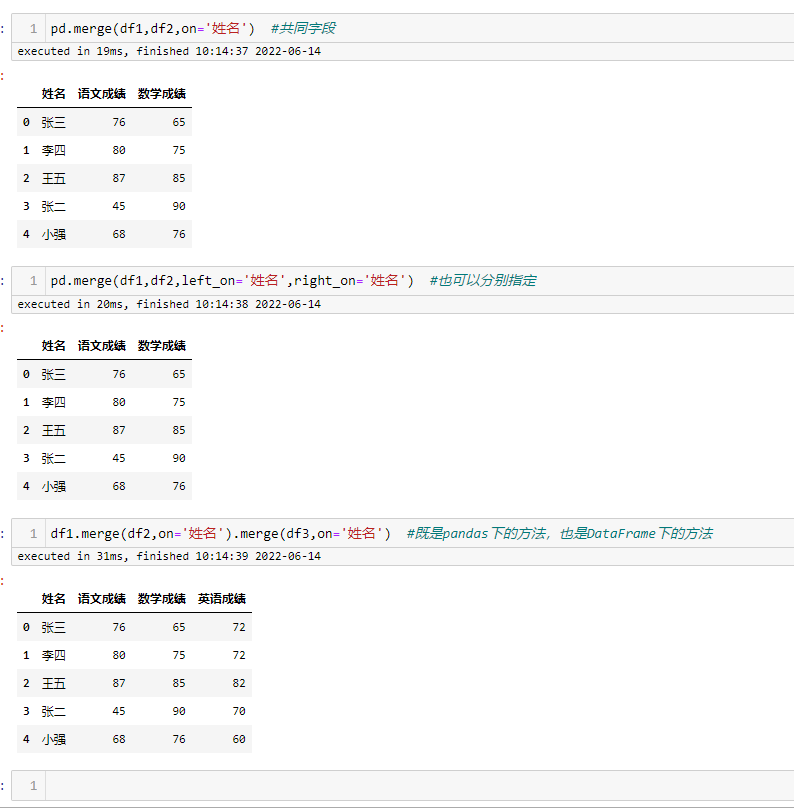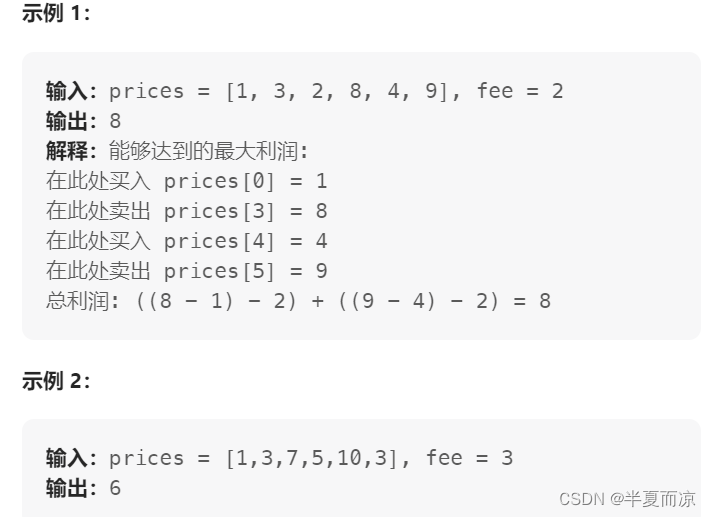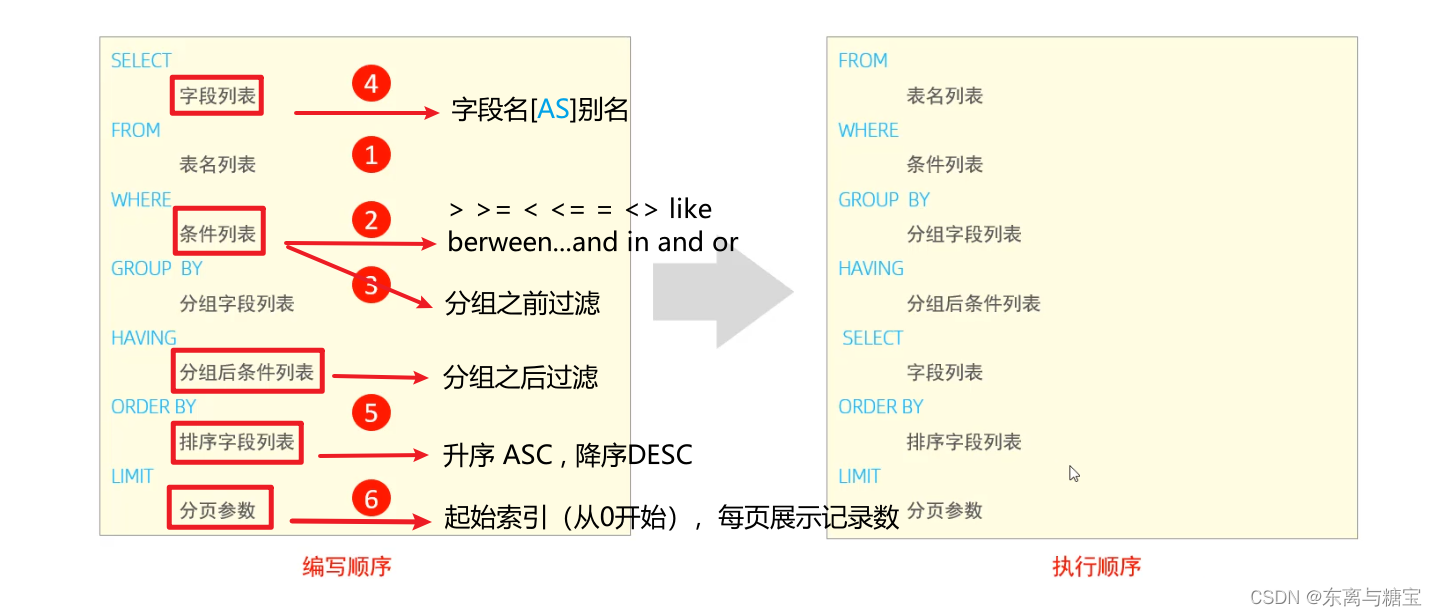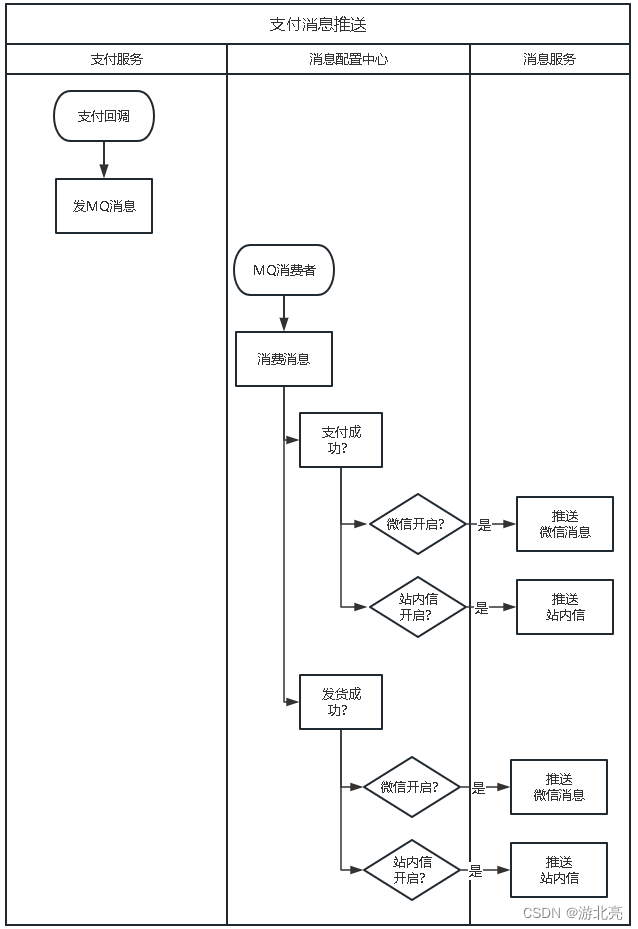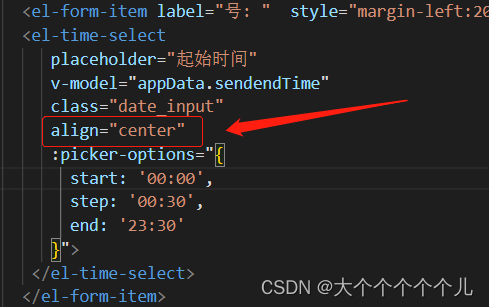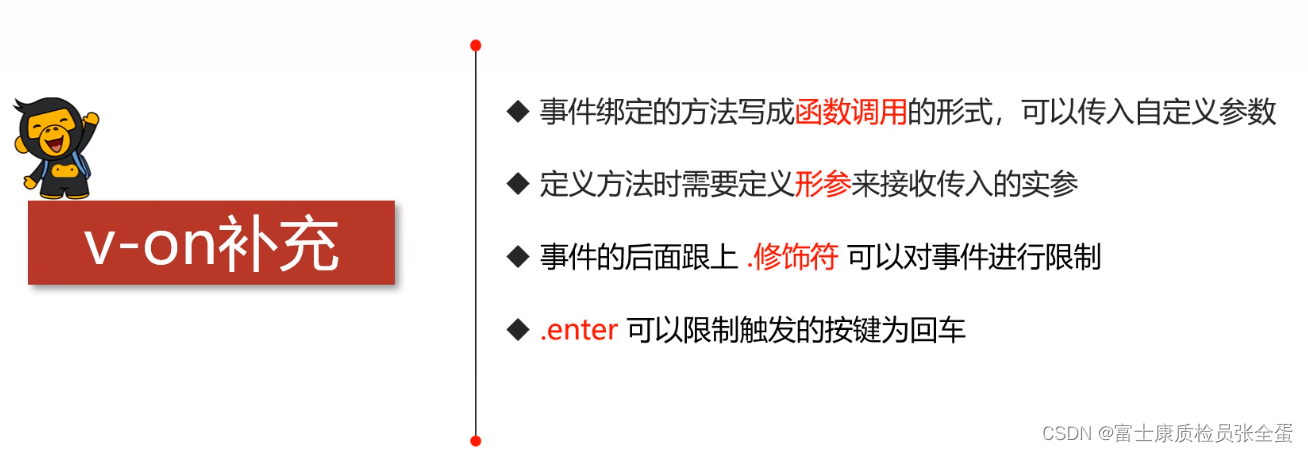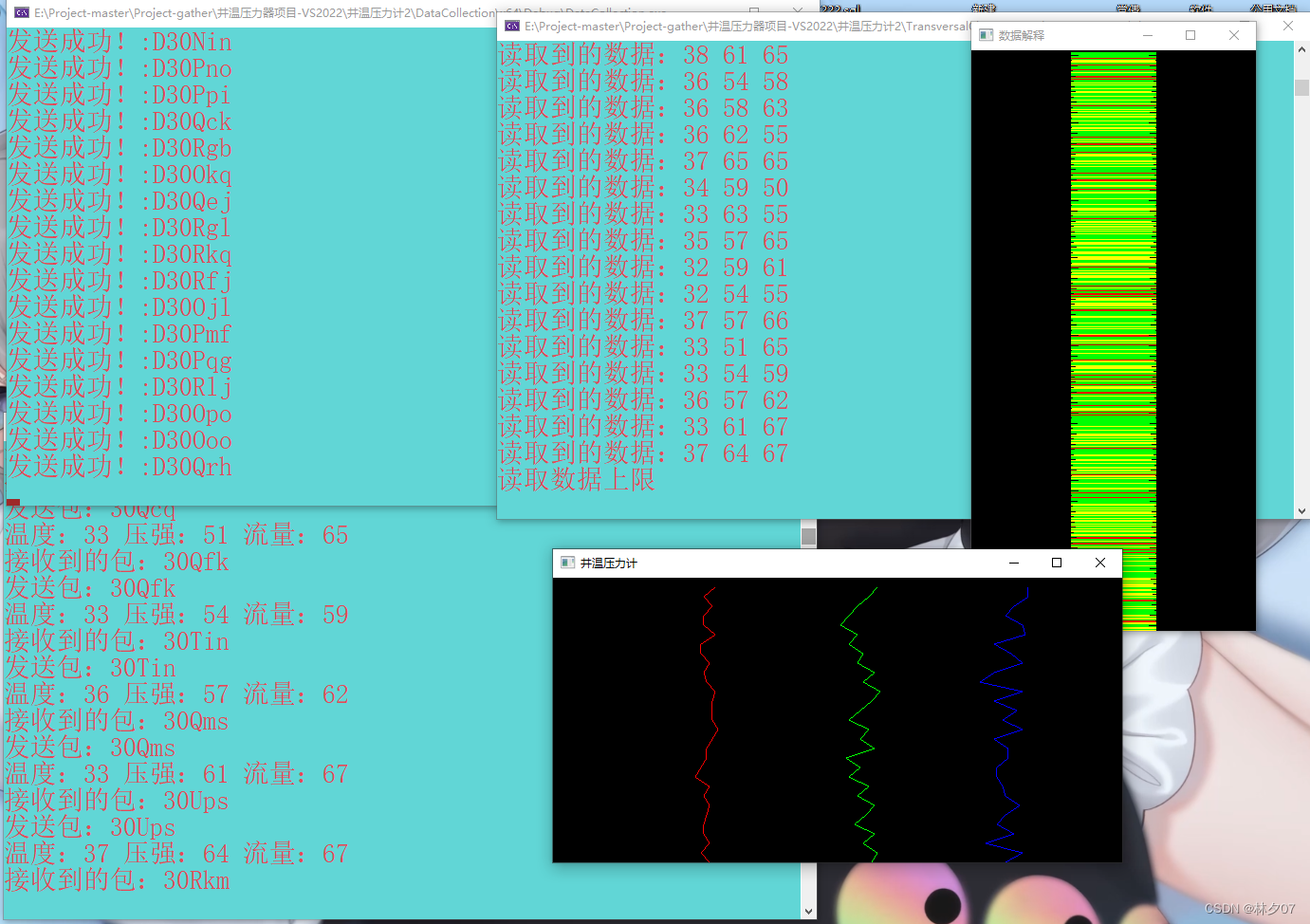一般来说论文机构会给定latex模板代码,我们只需要知道怎么写就行,格式机构都给你调好了

1 各类标题
section是最大的标题,后边每一级小标题,都在前边加个sub就行
\section{Method}
\subsection{Dataset}
\subsubsection{Dataset1}
2 图片插入和引用
2.1 插入
图片的插入是用figure包裹起来
[h]表示在当前位置插入
width是图片的宽度等比缩放
width后边跟着的是图片的路径(推荐插入pdf,无损放大)
caption是图下边的解释说明文字
label是我们创建的引用标签
\begin{figure}[h]
\centering
\includegraphics[width=300pt]{fig/jishu.pdf}
\caption{Samples count, with the y-axis representing the number of samples and the x-axis representing the categories in descending order of quantity. It can be seen that the dataset sample numbers are highly unbalanced.}
\label{figure 3}
\end{figure}
2.2 引用
引用很简单,在我们想引用的地方插入Figure \ref{figure 3},用\ref{}来调用引用

3 表格插入和引用
3.1 表格插入
表格的插入是用tabel包裹起来
[h]表示在当前位置插入
caption是表的标题和解释性说明
{ccc}:表格有几列
内容:可以参照我这个举一反三,一行中的列元素用‘&’分割,\multicolumn可以合并单元格
label是我们创建的引用标签
\begin{table}[h]
\caption{Compositions of the 2022 and 2023 datasets were compared.We can find that the number of training samples was much reduced.}
\begin{tabular}{ccc}
\toprule
&2022 & 2023\\
\midrule
\texttt{Class} & 1572& 1785 \\
\texttt{Train samples}& Around 270000 & Around 180000\\
\texttt{Test samples}& Around 48000& Around 14000\\
\texttt{Meta information}&Endemic, Binomial name, Country, Code& Endemic, Binomial name, Code\\
\texttt{Image size}& \multicolumn{2}{c}{240×240, 500×500, Original Image}\\
\texttt{Image dimension} &\multicolumn{2}{c}{RGB}\\
\bottomrule
\end{tabular}
\label{table 1}
\end{table}
3.2 引用
引用很简单,在我们想引用的地方插入Table \ref{table 1},用\ref{}来调用引用

4 公式插入和引用
4.1 单独书写公式
用eqution包裹,可以配合下边这个网站图片识别公式
在线LaTeX公式编辑器-编辑器
\begin{equation}
L_{\text {arcface }}(\theta)=-\frac{1}{N} \sum_{i=1}^{N} \log \frac{e^{s\left(\cos \left(\theta_{y_{i}}+m\right)\right)}}{e^{s\left(\cos \left(\theta_{y_{i}}+m\right)\right)}+\sum_{j=1, j \neq y_{i}}^{n} e^{s \cos \theta_{j}}}
\end{equation}
4.2 正文中使用公式
使用$ $包裹字符或公式,如$y_{i}$

参考文献
参考文献插入
参考文献需要BibTex格式,一般谷歌学术上就能够复制,将它粘入到模板里的.bib.文件里保存即可 
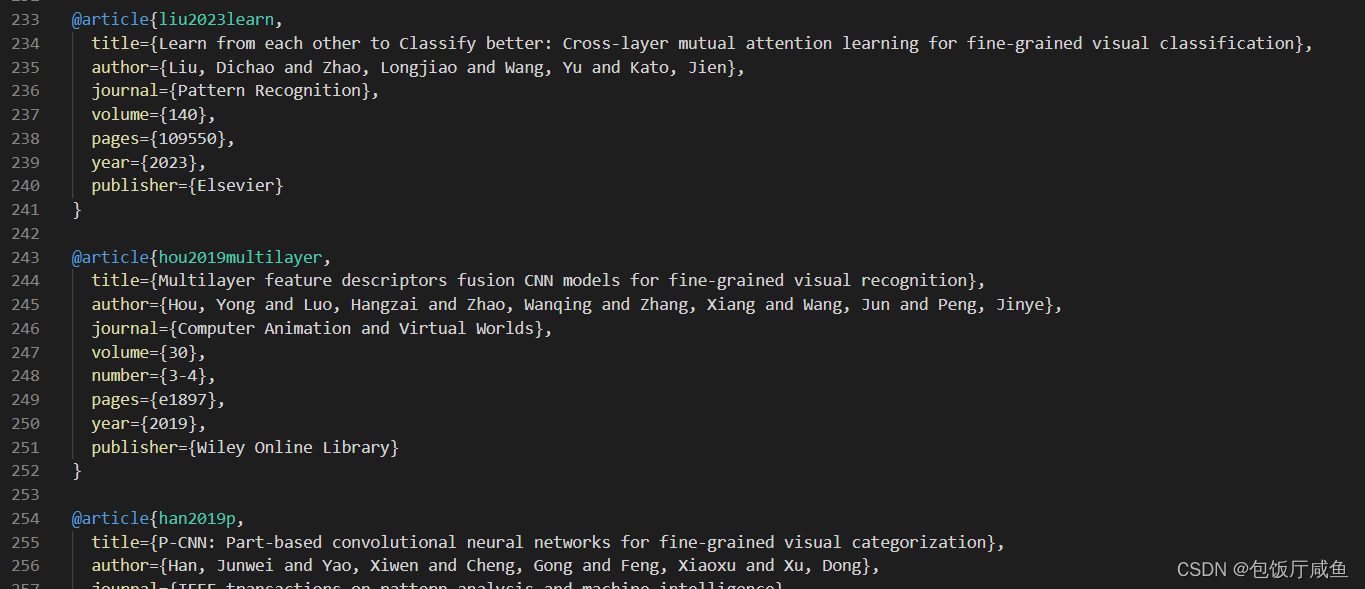
引用
引用很简单,在我们想引用的地方插入\cite{hou2019multilayer},复制过来的第一行就是我们引用的东西

查看效果
运行顺序为pdfLaTex→BibTex→ pdfLaTex,第一次运行pdfLaTex引用会显示问号



